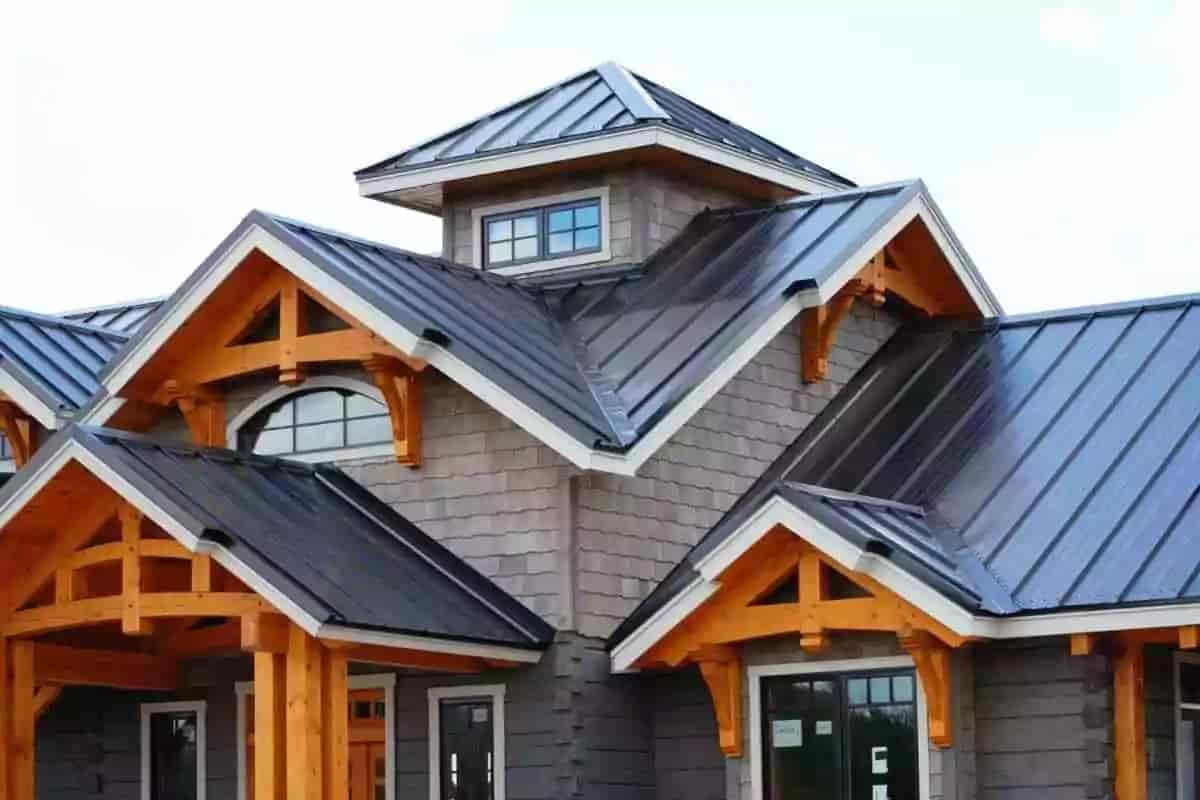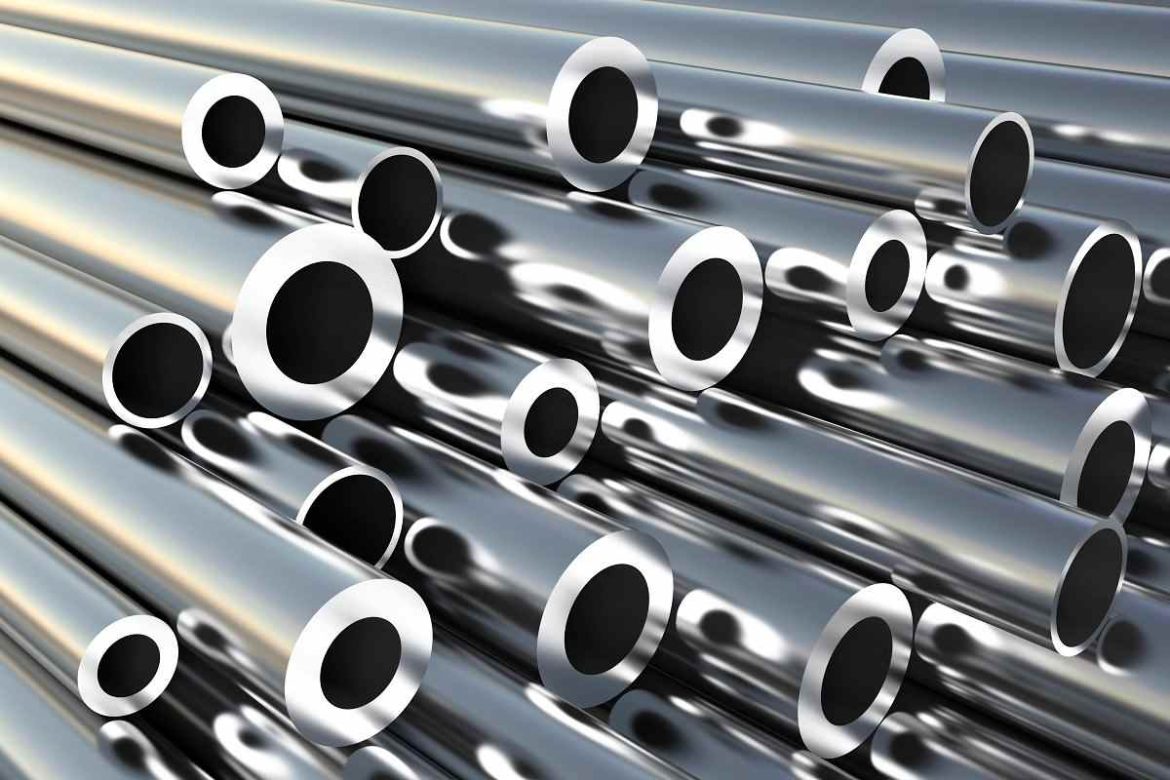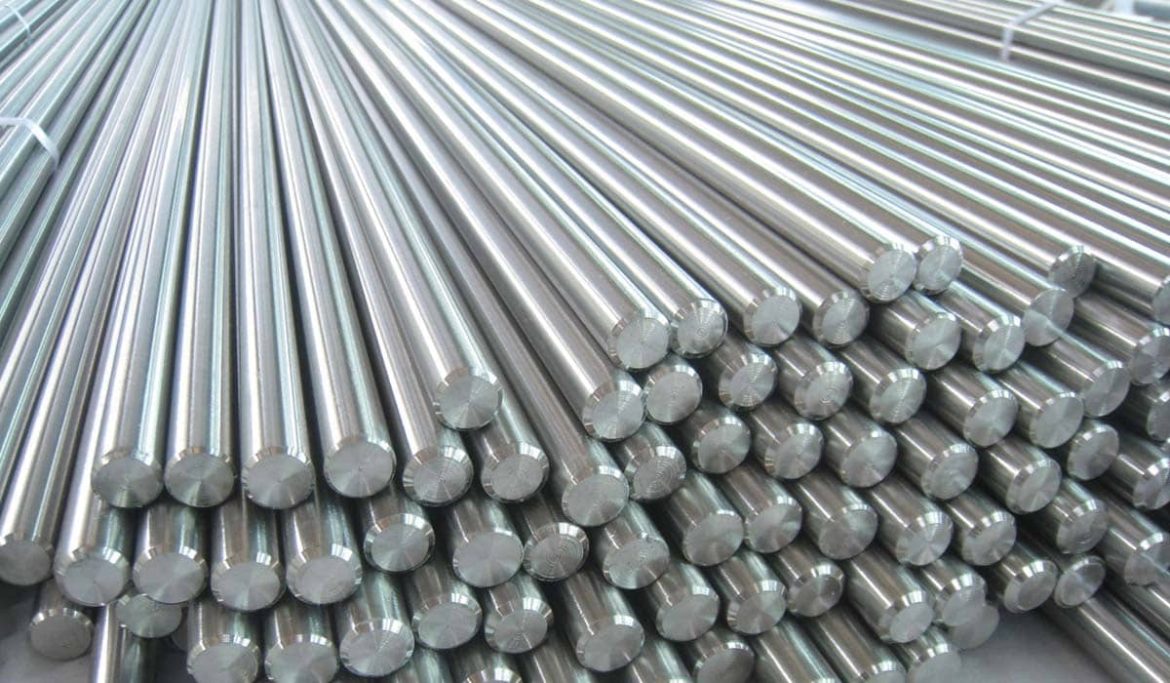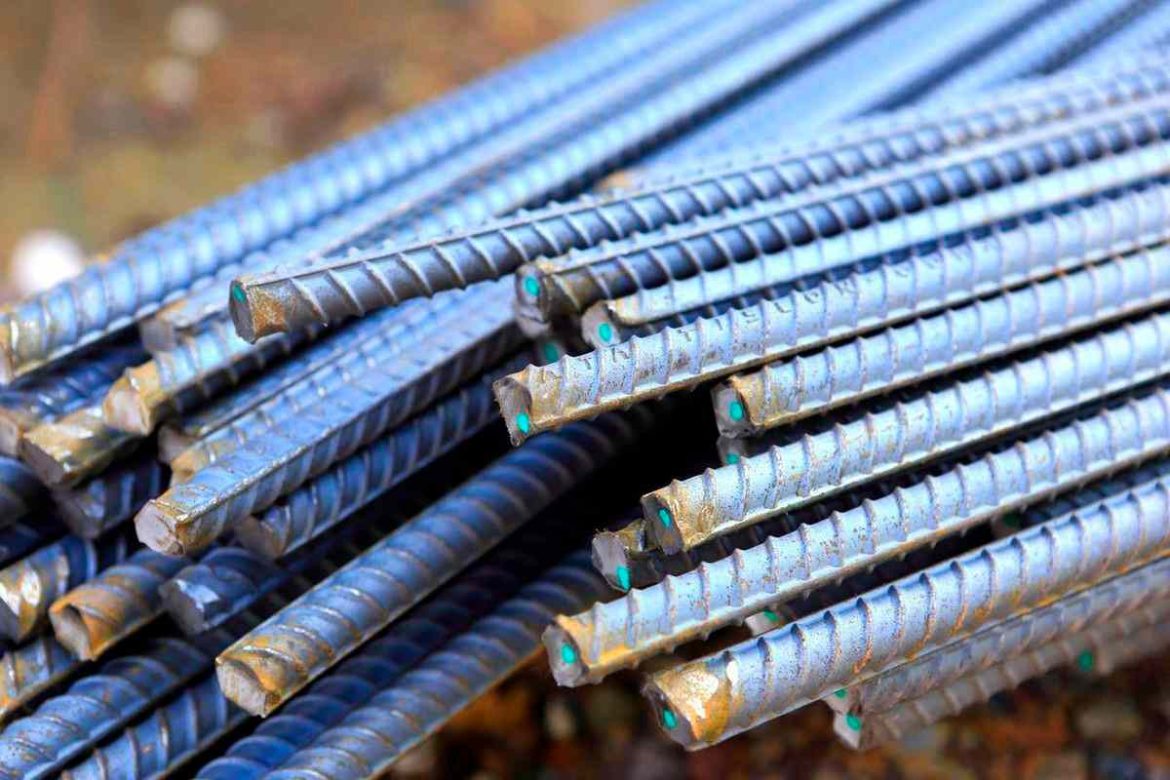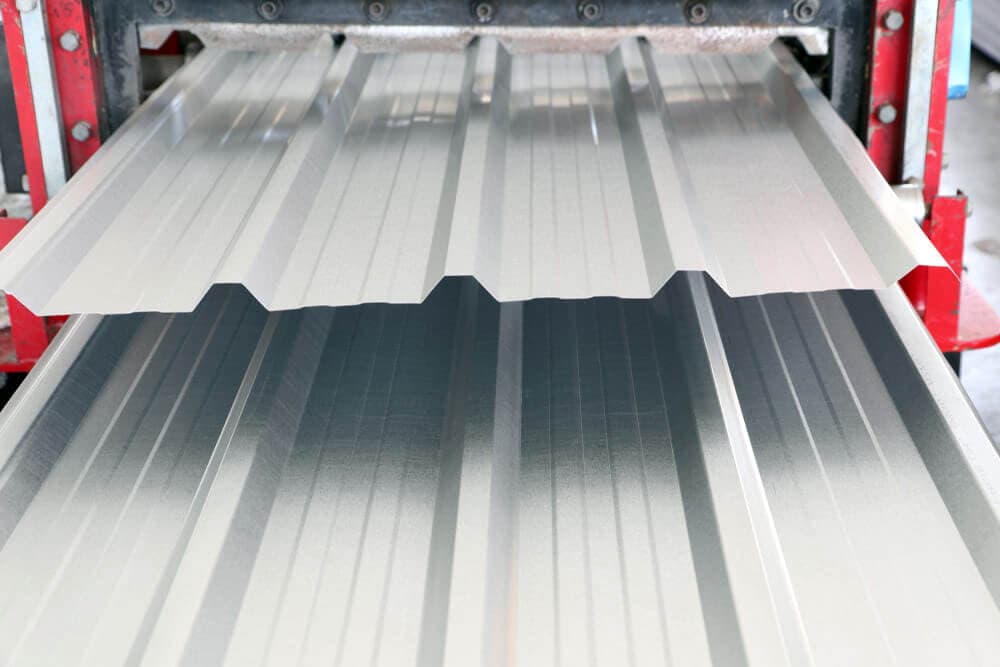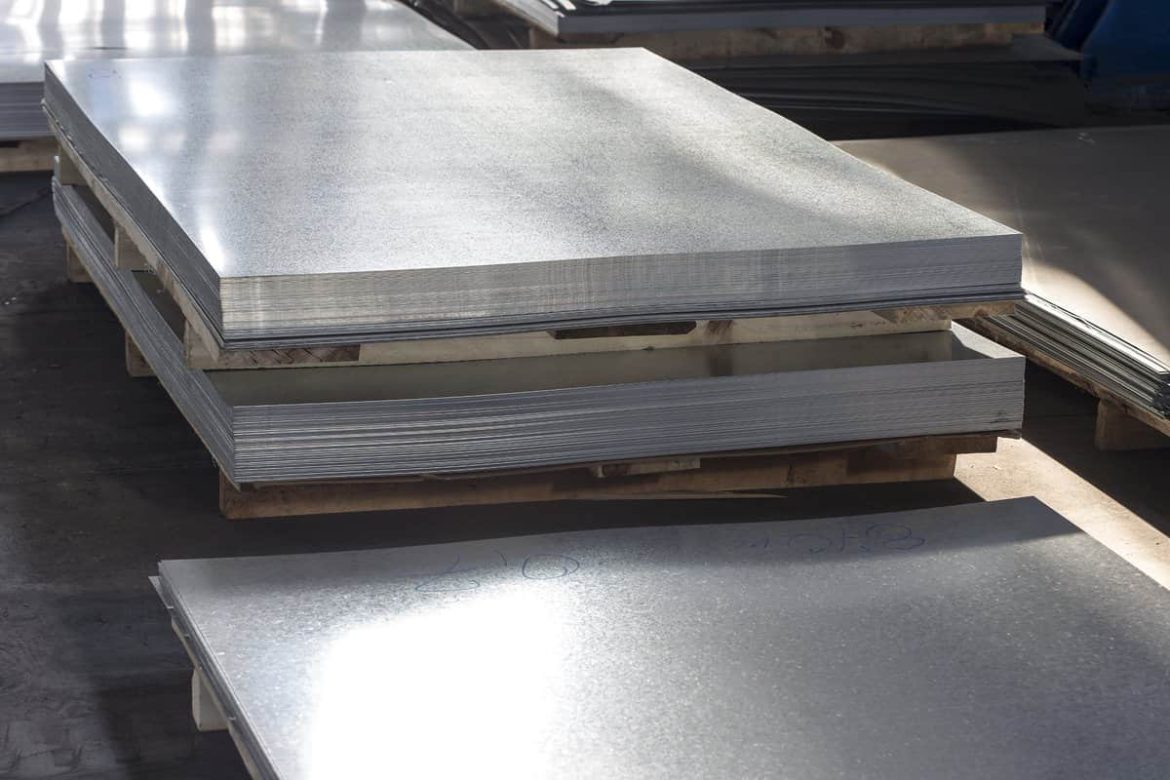The Price of Metal Roofing Residential And Steel
Choosing types of metal roof that is appropriate for your home or building (residential) can be difficult with so many alternatives available
metal roofing types
Every sort of metal roofing material, from traditional copper to cutting-edge steel, has distinct advantages
Let’s examine the various metal roofing materials and their advantages and disadvantages
5 Different Kinds of Metal Roofing Materials
Copper – Extremely durable, soft, and with a low melting point
Aluminum — Long-lasting and immune to corrosion from seawater
Zinc has the lowest melting point, is extremely durable, and is corrosion-resistant
Steel – Galvanized, galvalume, and weathering steel are three different types (Corten)
Tin – Steel was frequently referred to as tin before World War II
No longer widely used
The “Cadillac of Roofing” is how people frequently refer to metal roofing
Depending on how you feel about that certain manufacturer, this comparison could not be very favorable
A metal roof actually refers to a wide variety of goods, not just one particular product
Even the phrase itself does not specify whether you are referring to a copper, steel, aluminum, or zinc roof
A better comparison may be that metal roofing is the “Sport Utility Vehicle of Roofing,” given its reputation for being able to handle a wide variety of requirements and design alternatives
We will discuss the variations in metal roofing material alternatives in this post, as well as the advantages and disadvantages of each material, profile, and source
Various Metal Roof Types Although a steel roof is probably what comes to mind when you hear the phrase “metal roof,” the term actually refers to a far wider range of materials
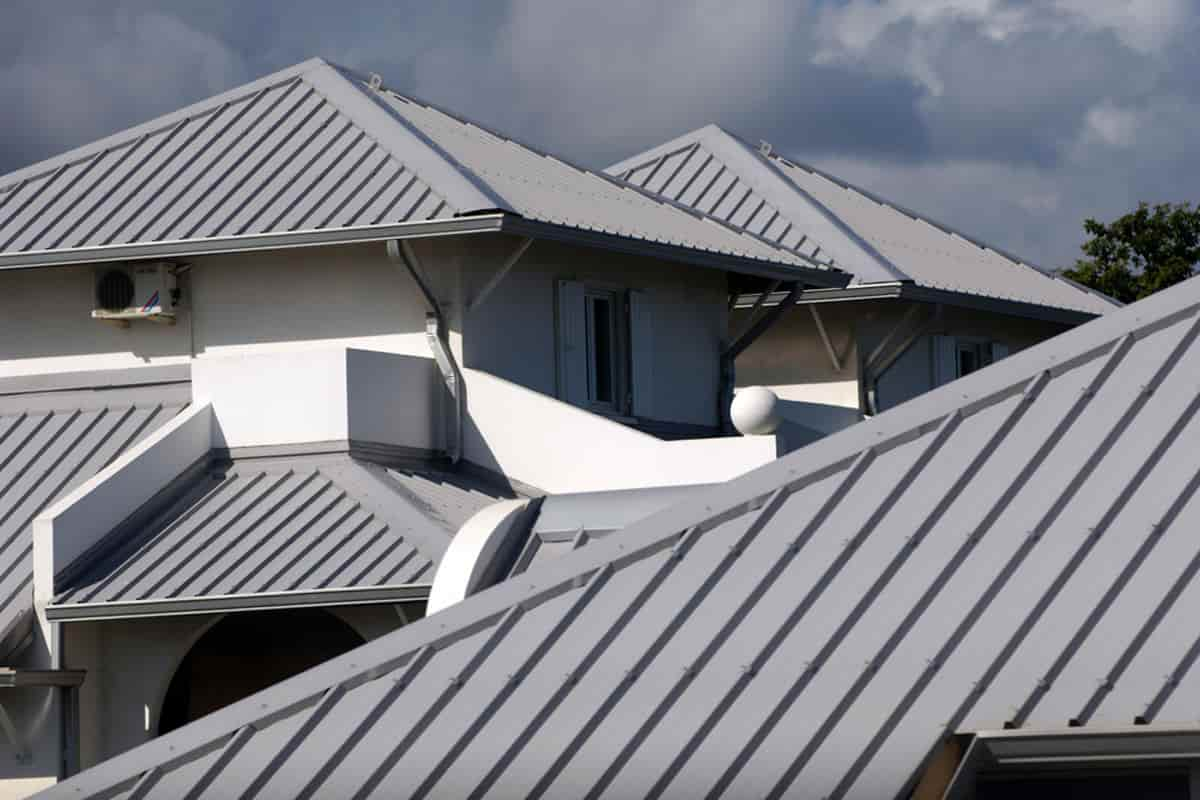
metal roofing types and prices
The kind of material will be an important initial step in selecting which path to go depending on your region and surroundings
In saline, coastal areas, an aluminum roof is a great choice for preventing rust, but its durability may be substantially lower than that of other materials
Metal roofing materials made of steel, copper, and zinc each have advantages and disadvantages
Pros and Cons of Copper Roofing Copper roofs, widely regarded as the father of metal roofing, have been in use for hundreds of years
In optimal conditions, copper is a very durable metal that can endure well over 200 years
Additionally 100% recyclable, copper roofs are excellent choices for green roofs
Due to its exceptional softness, copper is one of the quietest metal roofing materials
All metal roofing is now advised to use adequate substrates and insulation to reduce noise from rain or hail at the same level thanks to improved installation techniques
Due to its softer nature, copper roofing may be easily damaged in areas where hail is common
Because copper is a weaker metal, hailstones can easily dent it
Although the aesthetic value is decreased, it performs better than a tougher metal since a large enough hailstone would penetrate the roof rather than just dent it
Copper roofs are the Range Rovers of their class, if metal roofs are the SUVs of roofing
This raises what seems to be a copper downside
It is incredibly pricey, much like the Range Rover, and depending on your needs, may be more than you require to do the task
Copper’s propensity to expand and shrink in response to temperature changes is another drawback
While this is manageable with the right panel or shingle, it must be carefully taken into account when selecting this metal
Pros and Cons of Aluminum Roofing Aluminum roofing materials are easily compared to a Dune Buggy if copper is the Range Rover of roofing
Join us here and remain
Take a Volkswagen Beetle and remove the doors, the roof, and any other extraneous components
Add a roll cage, update the suspension, and seal off the vital components to guard against salt spray
The vehicle that best exemplifies the tensile strength and corrosion-resistant endurance of an aluminum roof is what you get if you put some great sand tires on it and drive it along the beach
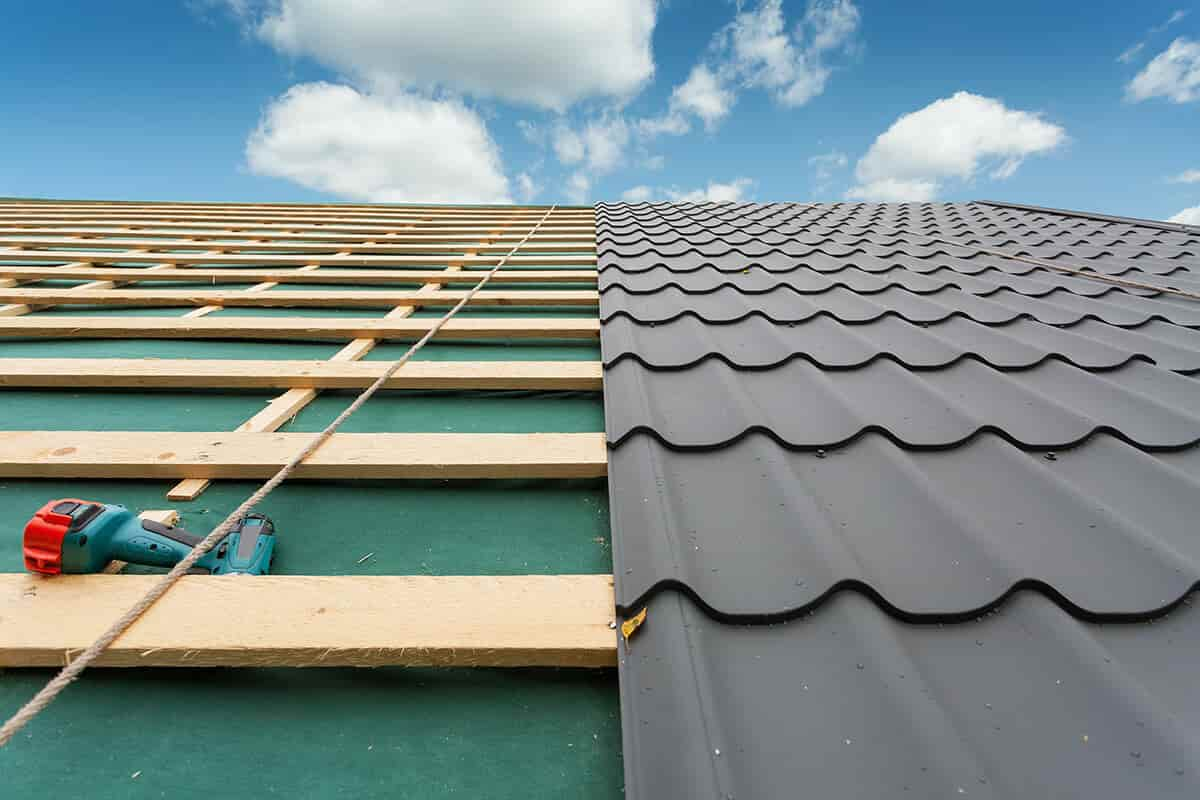
metal roofing panels
Coastal climates frequently come highly recommended for the use of aluminum metal roofing
This is mostly because aluminum is less likely than other metal roofing materials to corrode when exposed to seawater
Although it’s a popular misconception that an aluminum roof is immune to corrosion, the truth is that it’s a highly active metal that responds almost rapidly to climatic conditions
The reason it is so well protected is because of this quick response
A layer of aluminum oxide is formed when the oxygen in the environment reacts with the exterior layer of aluminum roofing material
This layer successfully protects the metal’s interior layers from further corrosion
This procedure is comparable to the A606 Weathering Steel procedure, however it goes faster and provides protection that lasts longer
Since the natural patina that develops on aluminum over time is not often seen as being aesthetically pleasing, painted coatings are frequently employed on aluminum roofs
Similar to copper, aluminum has drawbacks, most of which are financial
Although it may provide better corrosion protection, it is also more expensive than alternatives that use aluminum as a coating
An aluminum roof’s price range varies as a commodity according to the market
The cost of this metal often falls between copper and steel
Aluminum is frequently utilized in much thinner thicknesses than steel because of its lower cost
Although the strength-to-weight ratio of aluminum roofing material is higher than that of steel, the cost issue frequently leads to panels that are too thin for their surroundings
This can cause damage to the roofing material in areas with intense environmental pressures like hail, high winds, or high temperatures
It is essential to choose the proper design by accurately assessing the environmental stresses that your aluminum roof will experience
Pros and Cons of Zinc Roofing Who can recall the first Humvee? A very trustworthy vehicle that could get you anywhere you wanted to go and was reasonably priced
This is a summary of zinc
Zinc is a remarkable metal that can endure for more than a century and use its patina to mend nicks over time
Due to its innate ability to be easily moulded and manipulated into remarkable shapes, zinc is a choice for commercial applications
Zinc can be cleaned and managed to some level even though the metal’s tendency to chalk with time is not thought to be very attractive
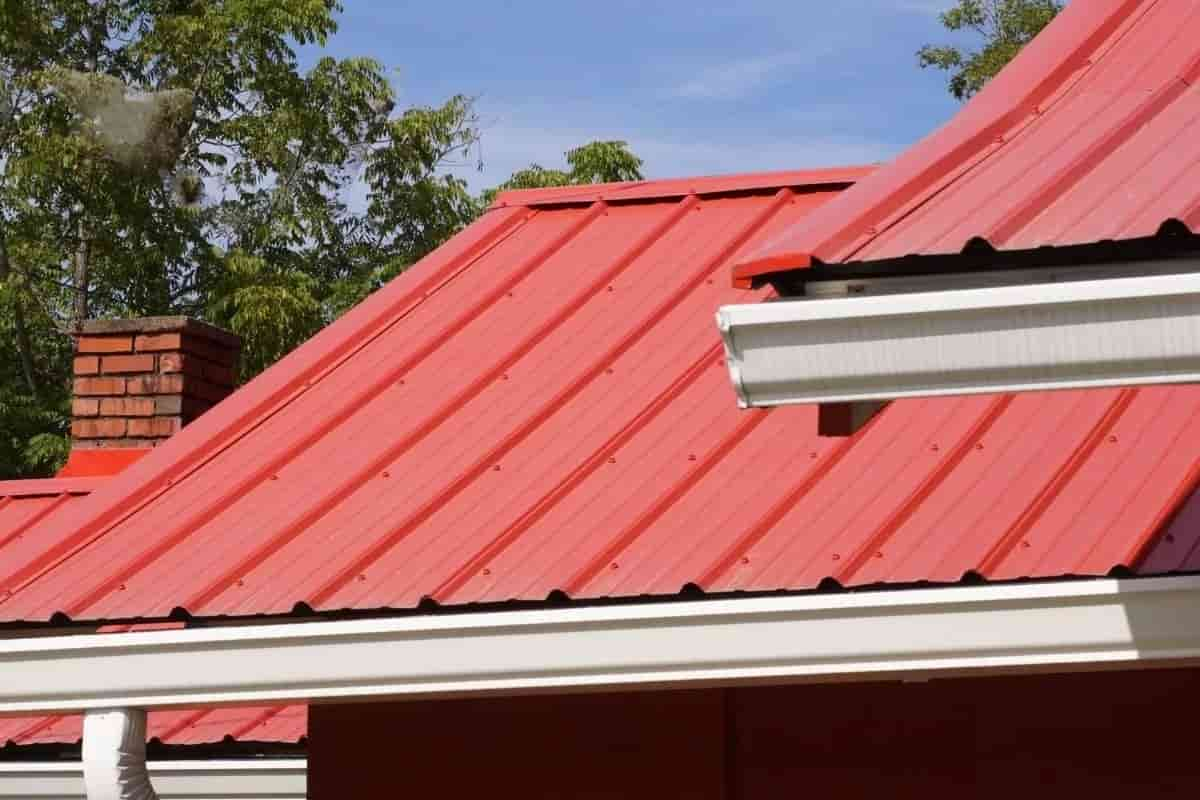
metal roofing sheets
Even while the Humvee was not exactly a “green vehicle,” zinc is one of the most environmentally friendly metals for roofing
Compared to other roofing metals, zinc has a lower melting point
Due to its lower melting point, manufacturing zinc for use as a building material uses up to one-fourth as much energy as processing steel or copper
Even in comparison to copper or steel, zinc is 100% recyclable and readily available in most local marketplaces, making it a very environmentally friendly material
The expense and the cosmetic chalking effect of zinc are its two significant drawbacks
Zinc costs money
In truth, zinc and copper are frequently equivalent
Zinc, like copper, needs to be installed by a professional in order to fully benefit from its advantages as a building material
If left untreated, zinc, like the majority of bare metals, will patina into a blue/grey look
This frequently produces a chalk residue that many people find unpleasant around regions where water runs
In addition, zinc is a very soft metal that, depending on the panel or shingle design, can be readily harmed by hail or strong winds
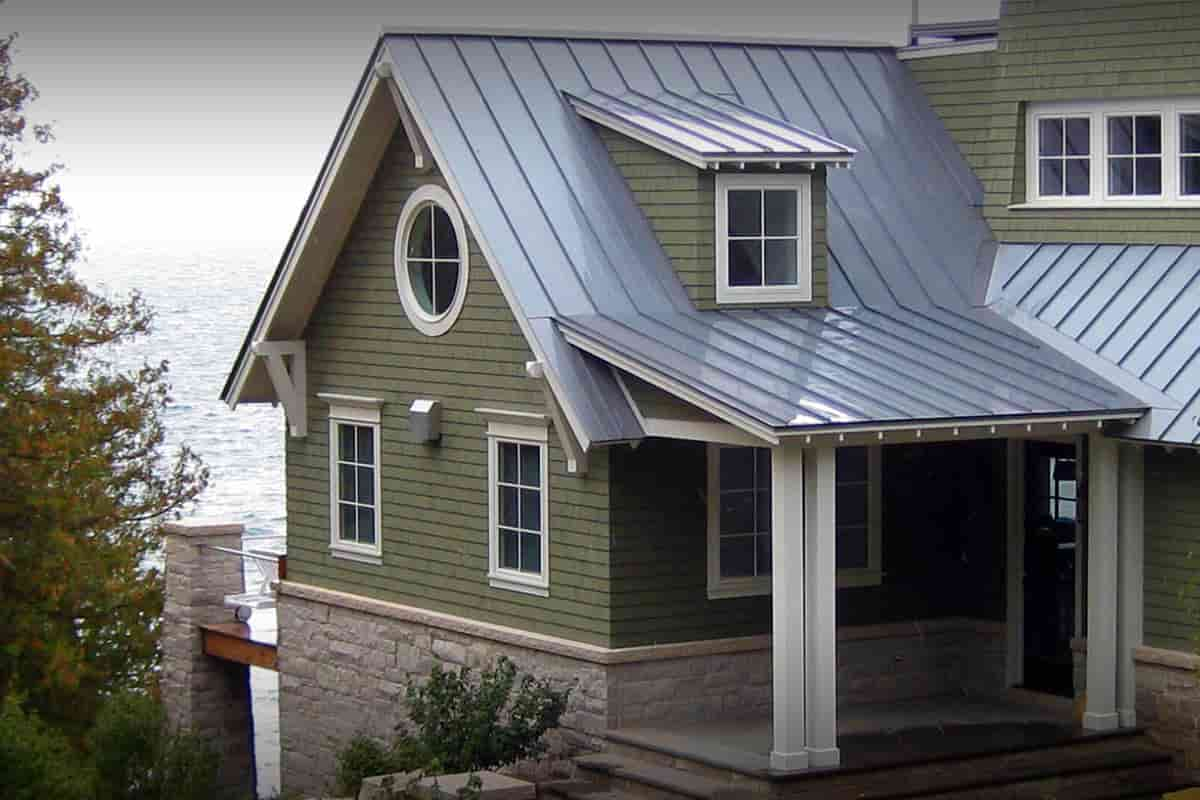
Steel Roofing advantages and disadvantages
An alloy, steel is created from iron and other components
Steel roofing, which is used in every element of construction with advantages and disadvantages and has frequently been one of the materials most frequently encountered on a commercial construction site, is increasingly frequently used in residential construction
The majority of the steel we use today is created from recycled materials rather than new, despite the fact that the initial development of steel can be a more energy-intensive process than the creation of a metal like zinc
Steel is really the most recyclable material in the world, making it a very eco-friendly building element
Steel is also the cheapest metal when compared to other metals
Even though it is a commodity, steel is frequently significantly less expensive than aluminum, zinc, or copper
Compared to the other metals on this list, steel is therefore more both inexpensive and accessible
There are three main types of steel roofs: weathering steel, galvalume, and galvanized steel
In reality, galvanized steel is made by coating an inner layer of steel with zinc to prevent corrosion
This coating aids in extending the lifespan of a steel panel and reducing corrosion
The most popular type of steel roofing material is galvanized steel
Similar to galvanized steel, galvalume steel utilizes an alloy of aluminum and zinc as a coating rather than one made largely of zinc
In some conditions, aluminum offers superior corrosion resistance to galvanized steel
It also has a smaller, smoother spangle for a more uniform appearance
Galvalume provides superior surface protection than galvanized because of its aluminum composition, but it is more prone to cuts and scratches
A type of steel called weathering steel was initially intended for use in heavy steel industries, such as bridge construction
To safeguard the inner layer of steel, an outside layer of steel is intended to rust

metal roofing panels profiles
In terms of how the patina process works, weathering steel roofing is comparable to aluminum, however it requires more time than aluminum
It’s crucial to keep in mind that weathering steel does purposefully rust and isn’t intended to be utilized as a structural alternative for steel roofing
It is frequently used in accent roofs or with the express awareness that rusting will occur and that ongoing maintenance is required
Over the past 50 years, steel roofing has made significant progress and can now be used to imitate copper, zinc, and other more expensive metal roofing materials
This is accomplished using paint methods that provide a painted outcome that mimics the aged patina of metals like copper, zinc, or even weathered steel
These options are great for remodels, restorations, and new construction projects because they frequently come with lengthy warranties
The affordability and versatility of steel make it superior to the other materials on this list
Steel has always been the go-to material for both commercial and residential buildings due to the greater cost of alternative metals, and this trend seems to be continuing
It is both simple to use and extremely recyclable as a green option
It is among the hardest metal alternatives, so it can be utilized in a variety of weather conditions and performs well in strong winds and hail
It is a typical sight in mountainous areas with a lot of snowfall, and it is the go-to fix in areas where hail is a problem
When it comes to commercial and residential metal roofing, steel is a very versatile material
Steel is the Jeep Wrangler of roofing materials due to its wide variety of applications, accessibility, affordability, and level of durability
Pros and Cons of Tin Roofing Enthusiasts in the United States and Canada frequently ask for tin roofing
Metal roofing, steel roofing, or galvanized steel are all used interchangeably with the word “tin roofing
” Tin is a sort of metal that isn’t frequently used for roofing
Like copper or zinc, tin is an element in and of itself
Tin was first utilized as a canning material, but when alternative materials weren’t accessible, rural do-it-yourselfers smoothed it out and used it as a shingle
The usage of aluminum as a DIY building material was phased out when it replaced tin roof sheets as the industry standard for containers
In truth, galvanized steel or aluminum is typically meant when the term “tin roofing” is used in modern contexts rather than actual tin roof sheets
